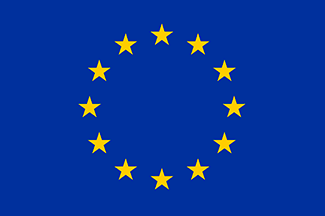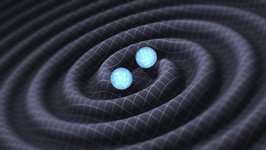
The recent detections of gravitational waves (GWs) from merging binary black holes (BHs) and neutron stars (NSs) have opened a new major branch of research in modern astrophysics and fundamental physics. It is anticipated that the two American GW detectors (LIGO), combined with their European sister (Virgo), reach full design sensitivity within the next few years, leading to detections of up tovhundreds of such GW events each year from merging binaries of BHs and/or NSs invthe local Universe. However, the central questions concerning their origin still remain unanswered. In this AIAS project, I aim to investigate key aspects of how these BH/NS binaries form using a combination of numerical binary stellar evolution, supernova explosion modelling and population synthesis investigations. Besides the existence of these extragalactic transient high-frequency GW events, however, GWs are also emitted as continuum sources at lower frequencies from tight Galactic systems of BHs, NSs or white dwarfs (WDs) up to millions of years before these compact objects finally merge with one another. The origin of these systems will also be explored.
Project title:
Binary Compact Objects as Gravitational Wave Sources
Area of research:
Theoretical astrophysics
Fellowship period:
1 Feb 2019 – 31 Jul 2020
Fellowship type:
AIAS-COFUND II Marie Skłodowska-Curie fellow

This fellowship has received funding from the European Union’s Horizon 2020 research and innovation programme under the Marie Skłodowska-Curie grant agreement No 754513 and The Aarhus University Research Foundation.


Gravitational waves ligo